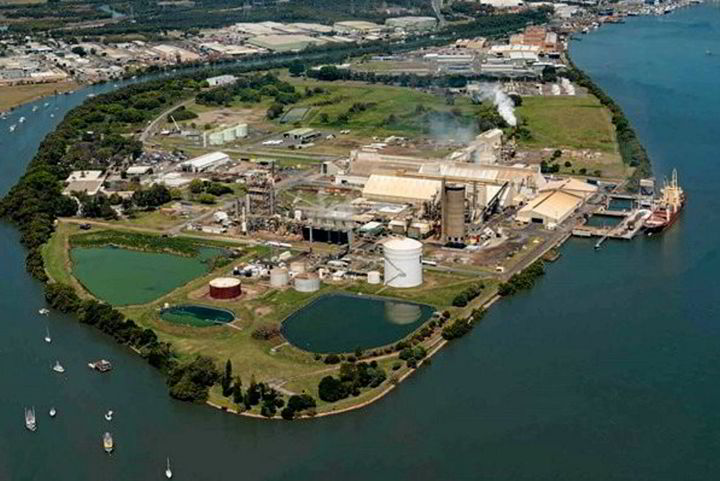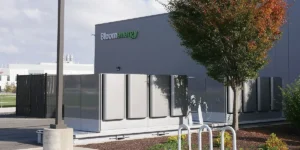‘We will make green ammonia, but it will be too expensive for us to use for fertiliser production’: chemicals firm

Incitec Pivot Limited (IPL), an Australian chemicals supplier, is preparing to take a final investment decision (FID) by the end of this year on its project to replace a now-shuttered gas-based ammonia facility on Gibson Island in the city of Brisbane with a green NH3 production complex.
But IPL admitted in its climate report, published this week, that green hydrogen as a feedstock “is not expected to be price competitive with natural gas for ammonia made for traditional uses [ie, fertilisers and ammonium nitrate explosives] until around 2040”.
This means that although IPL has estimated the project will account for a 44% reduction in its fertiliser business’ emissions compared to a 2020 baseline, this is actually down to the shutdown of fossil-gas-based ammonia production on Gibson Island, rather than reflecting an intention to use the green NH3 in its own business.
IPL fully switched over from making fertilisers at Gibson Island to sourcing urea, ammonia sulphate, and other fertilisers through imports in December 2022, after high Australian gas prices made it impossible to continue in-house manufacturing.
Since green hydrogen is expected to be even more costly than gas for ammonia up to 2040, this means it is extremely unlikely IPL will restart fertiliser production with this more expensive feedstock.
So, why build the green ammonia project at all?
Article continues below the advert
The Australian company highlighted in its climate report that “ammonia made with green hydrogen has the potential to contribute significantly to the decarbonisation of energy systems and heavy vehicle transport by offering a practical, carbon-free way to store and transport the hydrogen in a safer form (as ammonia) as well as a green fuel in its own right”.
IPL is developing the green hydrogen and ammonia complex at Gibson Island with Australian mining and energy company Fortescue, which plans to use 550MW of electrolysers shipped from Plug Power in the US.
However, the chemicals firm notes in its climate report that although it had received A$13.7m ($8.99m) in grants for front-end engineering design, “the project will require government support to proceed”, although it does not confirm whether this means extra grants to cover capex or ongoing subsidies to cover operational costs.
In its own announcement of FID for two other hydrogen production projects, Fortescue admitted that the Gibson Island project still faced excessively high electricity costs, which is likely to have bumped up the overall cost of its green ammonia.
Power input accounts for 60% of the cost of electrolytic H2, while the Haber-Bosch process, which converts nitrogen and hydrogen to ammonia, is extremely energy-intensive.





